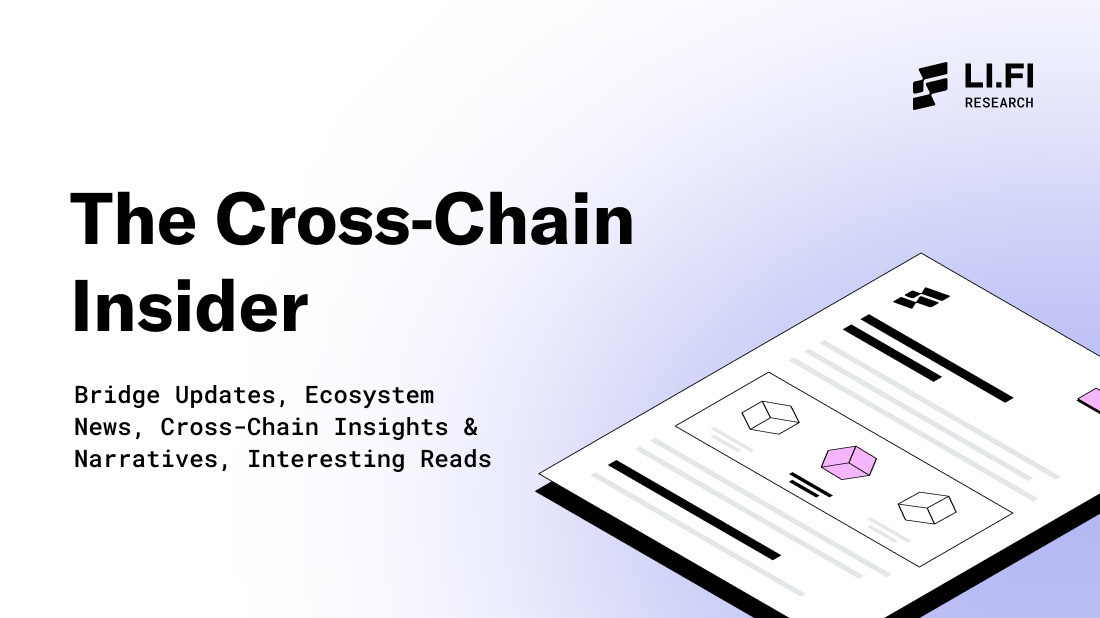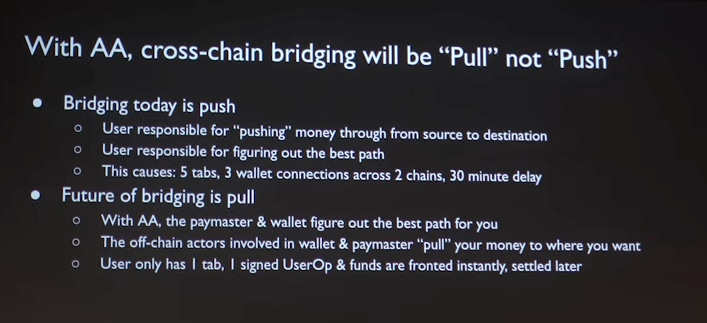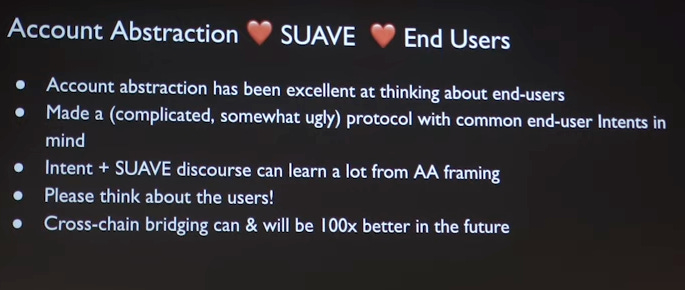LayerZero zk Light Client | Miladies on Bitcoin | DexGuru x LI.FI | Rethinking Bridging UX & More!
Last Week In The Multi-Chain Ecosystem (29 May - 04 June '23)
Welcome to LI.FI’s Cross Chain Insider newsletter. If you want to join this community of cross-chain aficionados learning about bridges, interoperability, and the multi-chain ecosystem, subscribe below.
You can also check out LI.FI’s research articles, and follow us on Twitter!
Bridge Updates
1. Update on Uncertainty around Multichain 🧐
The Multichain team announced on Twitter that they’ve lost communication with their CEO Zhaojun, leaving them unable to “obtain the necessary server access for maintenance.” As a result, normal cross-chain service via Multichain on several chains is affected and Multichain has suspended service for them on their UI.
Importantly, Fantom Foundation has come out to reassure the safety of Multichain assets on Fantom, re-confirming the uninterrupted functionality of the Multichain bridge and routers.
On the other hand, Stargate has disabled Fantom Pools to derisk from the uncertainty around the Multichain situation.
2. Abracadabra’s MIM is Now an Omnistable 🔄
Abracadabra has integrated LayerZero and adopted the Omnchain Fungible Token (OFT) standard to transform its stablecoin $MIM into an omnchain token. As a result, $MIM can now be ‘beamed’ across LayerZero supported chains without any fees or slippage.
3. DexGuru Integrates LI.FI’s SDK 🤝
DexGuru, a non-custodial trading platform for DeFi traders, has integrated LI.FI’s SDK to power seamless cross-chain swaps inside its platform. With the integration, users can move their tokens across various EVM-compatible chains & L2s in just a few clicks without leaving the dApp.
4. TOKI: IBC-Enabled Cross-Chain Bridge 💪
TOKI, an IBC-enabled cross-chain bridge for native token swap, supporting USDC, USDT, and other assets, is now out of stealth. The team also aims to bring Japanese stablecoins to public blockchains like Cosmos and EVM chains.
5. LayerZero Rolls Out zkLightClient 🔥
Polyhedra, the authors behind the renowned paper on zkbridges, have built their zk light clients on LayerZero. Any dApp leveraging LayerZero’s tech stack can access the zkl light clients with a configuration update.
Multi-Chain Ecosystem Updates
1. tBTC and USDC on Arbitrum 💪
tBTC, a BTC token bridged to Ethereum via Wormhole, is now available on Arbitrum and can be accessed via Balancer and Curve pools.
Circle announced it will launch native USDC on Arbitrum on June 8th. This will be the official version of USDC that is recognized within the Arbitrum ecosystem, ultimately replacing the bridged version of USDC from Ethereum (USDC.e)
2. Modular Data Availability for the OP Stack 🤝
Celestia announced the Beta release of a modular data availability (DA) interface for the OP Stack. The interface allows developers to define a DA layer and inherit security from any blockchain.
Miladies NFTs can now be bridged to Bitcoin via the Bitcoin Ordinals bridge.
4. Sei Network Bridge Test Event 🌉
Sei Network announced a "Bridge Test Event" aimed test the bridge across various networks. Users can test the bridge using testnet funds.
5. Router Chain Testnet Mandara is Now Live 👏
Router Chain, a Cosmos-based appchain focused on interoperability, has launched its alpha testnet called Mandara. Testnet Mandara also allows external validators to participate in the network for the first time.
What’s Popping?
Breaking Down Uma Roy's Talk: Rethinking Bridging UX with Intents, SUAVE, and Account Abstraction
Today, we will dive deep into Uma Roy’s presentation at Research Day, organized by DBA titled “Are Intents, SUAVE, Account Abstraction, & Cross-Chain Bridging all the same thing?”, and provide a breakdown and summary of the talk.
The talk delves into the future of bridging from an end-user perspective and highlights how AA -> intents -> SUAVE-like constructions are key to getting there.
Let’s dive in!
Part 1 – Current Bridging UX Sucks
Uma begins by highlighting the existing issues with bridging user experience (UX). These include long waiting times for bridging, switching between multiple tabs on different chains, repeated wallet connections on various chains, and the complexity of interacting with different chains.
TLDR: why current bridging UX sucks:
30 minutes – long waiting time for bridging
5 tabs – have to continuously switch tabs from dApp to bridge on source and destination chains
3 wallet connects – need to connect wallet repeatedly on different chains
2 different chains – interact with two different chains by switching between them on the wallet
These problems hinder scalability and create additional challenges such as tracking gas costs on different chains and discovering the appropriate bridge to use.
Note: bridge aggregators like LI.FI solve these problems in many ways through features like LI.Fuel that gives users gas tokens on any chain or as part of their transaction and also offers a solution to the bridge discovery problem by recommending users the best route for their cross-chain swap in terms of costs, speed, security, and number of clicks.
However, Uma believes that the current bridging UX is fundamentally broken and proposes an abstracted approach to bridging that removes these complexities and improves the overall experience.
She believes that bridging should be abstracted from the user and the ideal bridging flow would look something like:

How do we get there?
Part 2 – Fixing Bridging with Account Abstraction (AA)
One of the main benefits of AA is Gas abstraction – users can cover the cost of a transaction in any asset. Uma talks about the role of ‘Paymasters’ that help enable gas abstraction and allow users to stop thinking about gas.
However, Uma acknowledges that AA alone does not fully address the ideal bridging UX.
This is largely because AA fundamentally is not a cross-chain concept and works best to improve UX by reducing no. of clicks for users on a single chain.
So, what do we do now?
Part 3 – Account Abstraction is NOT all you need: why intents are important
Intents, wut mean?
Uma introduces the concept of "Intents" as an essential component for improving bridging UX. While users today focus on providing information to execute a transaction (declarative), intents shift the focus to the desired goals or outcomes (output-oriented).
Uma argues that AA is essentially ‘a handcrafted protocol that’s in service of specific intents’, very simple intents that satisfy restrictive requirements:
Single chain
Only uses information related to user account
Gas-reimbursement
Thus, Uma says that AA seems to be designed in a way that the researchers took really common user intents (like rating limiting, gas abstraction) and handcrafted a protocol to enforce these intents.
Moreover, she says that there are many examples of ‘Intent-specific’ apps such as:
DEX aggregators – best swap rates
NFT aggregators – best price on jpegs
Yield aggregators – best yield
She then questions whether AA + intent-specific apps are enough and says that such apps are very limited in a multi-chain world because while you can now use an app to find the best rate, you still need to figure out which app offers you the best rate and when you need to do this across 100s of rollups, it’s not easy.
Uma believes that intent-specific apps don’t scale, but intents do.
Part 4 – SUAVE should care about the normies
Uma concludes her talk by advocating for SUAVE as a means to realize intents and enhance bridging UX. She emphasizes that SUAVE is not only essential for advanced users but also for the general users ("normies"). Combining cross-chain intents with SUAVE can significantly improve bridging UX.
In summary, Uma presents a vision where Account Abstraction, intents, and SUAVE work together, with a focus on end users. By aligning these elements, the bridging experience and overall UX can be enhanced significantly, making bridging in a multi-chain world much more seamless and user-friendly.
Closing Thoughts
Uma’s industry talk on the future of bridging and its associated challenges provided valuable insights into the need for a paradigm shift in bridging UX.
It provides a realistic perspective on the progress made in enhancing the UX of navigating the multi-chain ecosystem through bridges and bridge aggregators.
Overall, Uma’s talk puts forward a compelling vision for the future of bridge and one can expect to see elements of the concepts mentioned here being adopted industry-wide sooner rather than later.
Interesting Reads
2. Understanding Connext Modularity
3. Rollups, Rigor, and Reality
Get Started With LI.FI Today
For more information about the LI.FI protocol,
Head to our link portal at link3.to/lifi
Read our SDK’ quick start’ at docs.li.fi
Join the official Discord server
Follow our Telegram Newsletter
Subscribe on our Substack
or try our any-2-any swaps NOW at jumper.exchange










